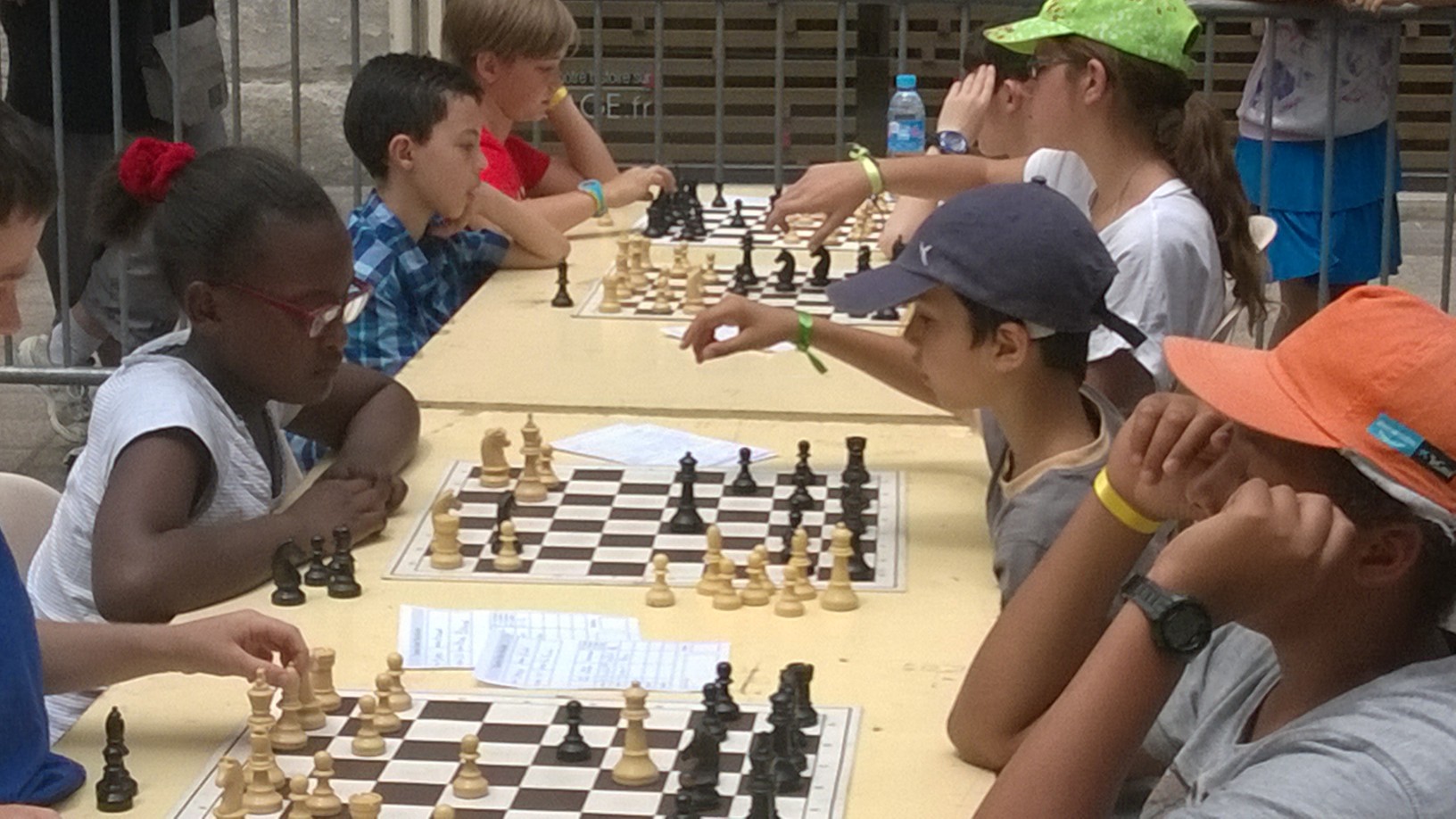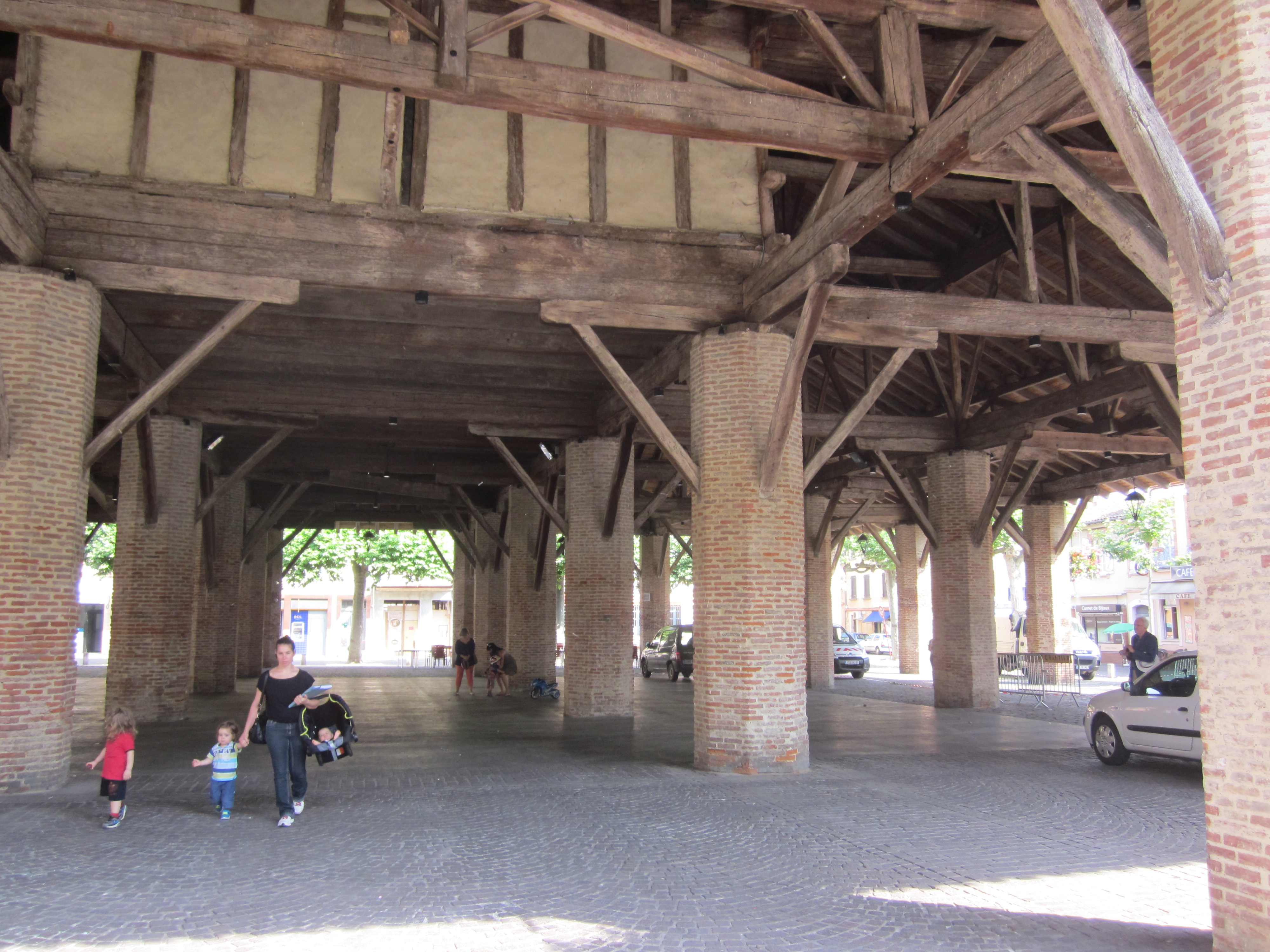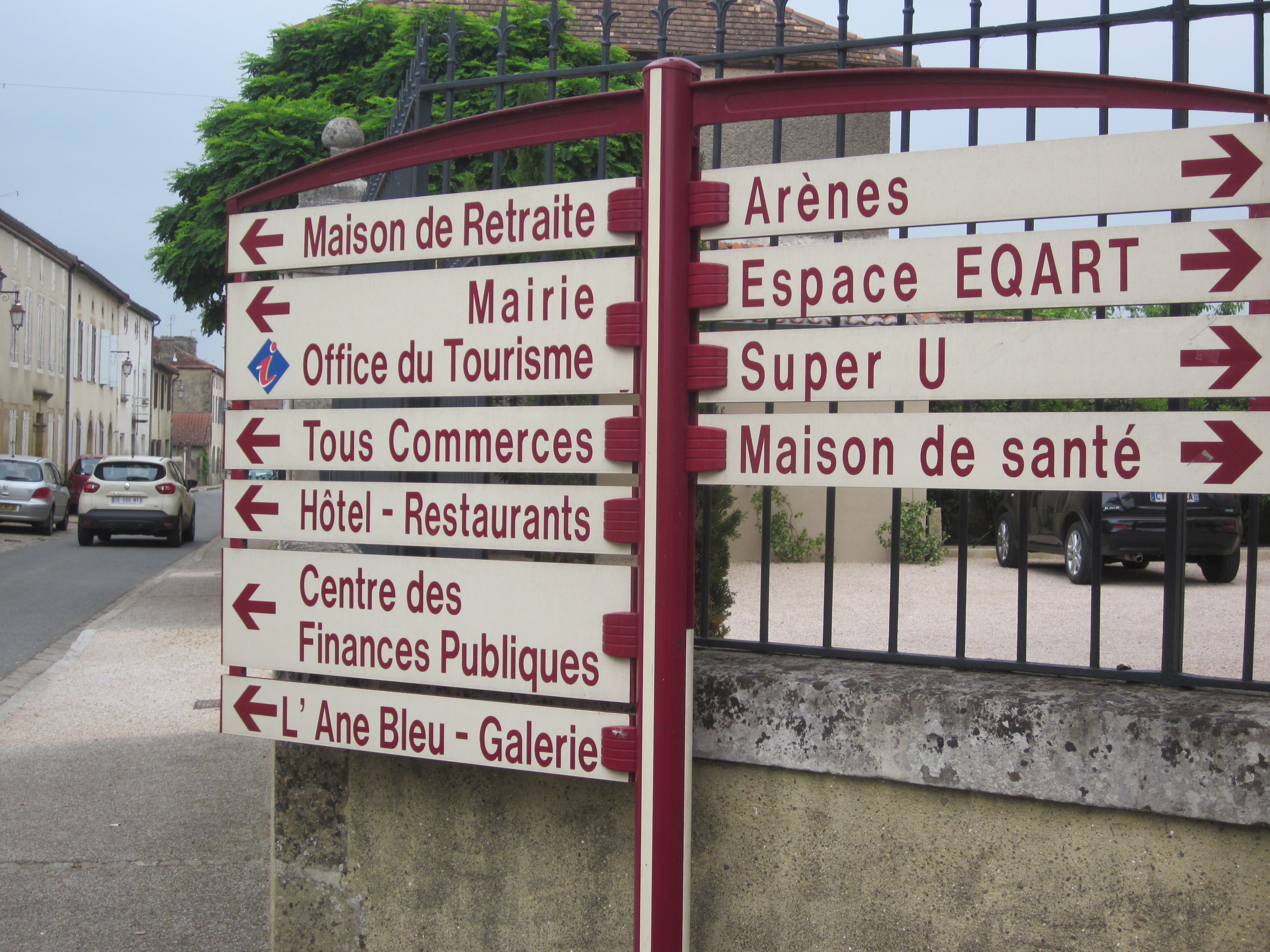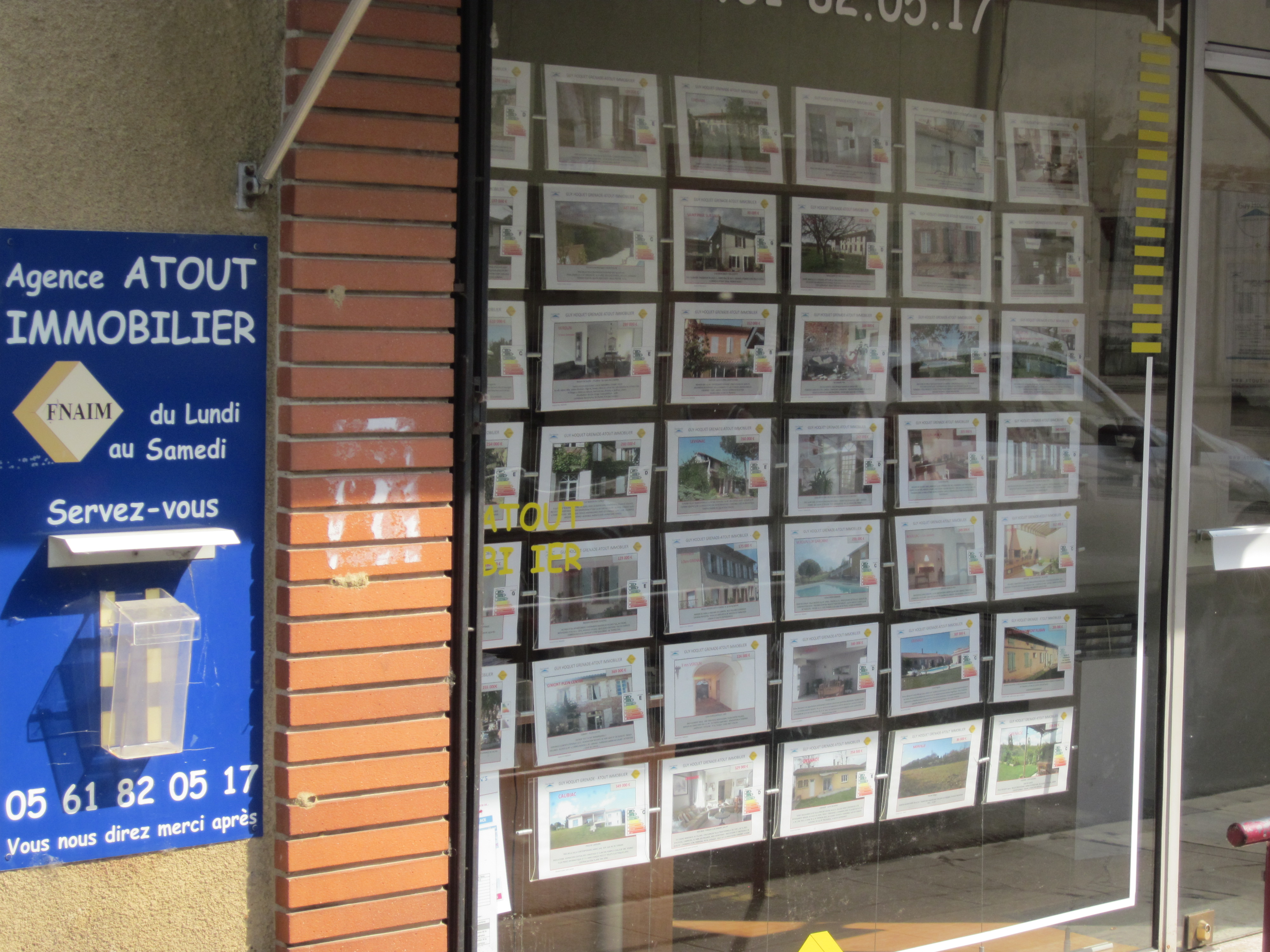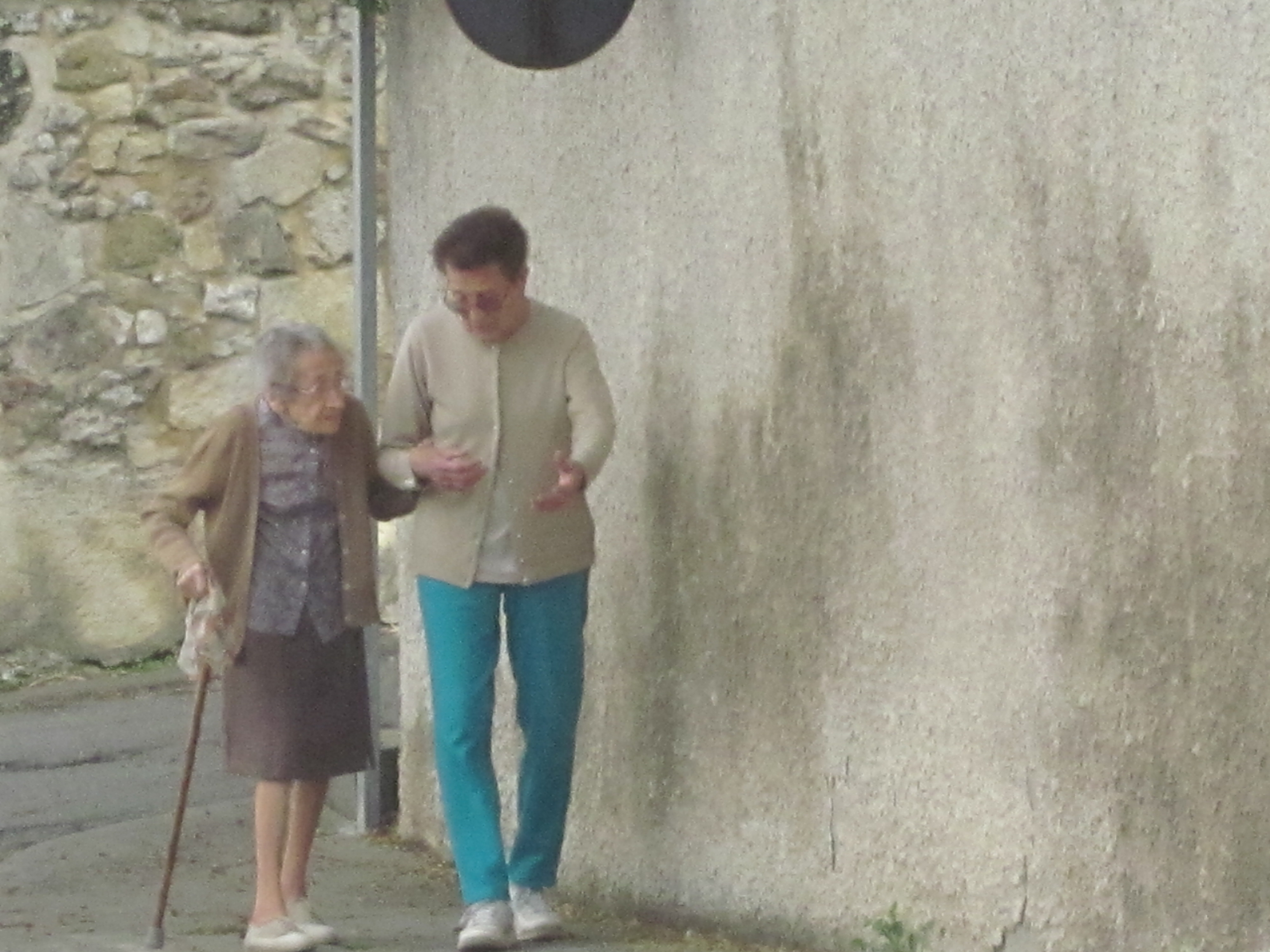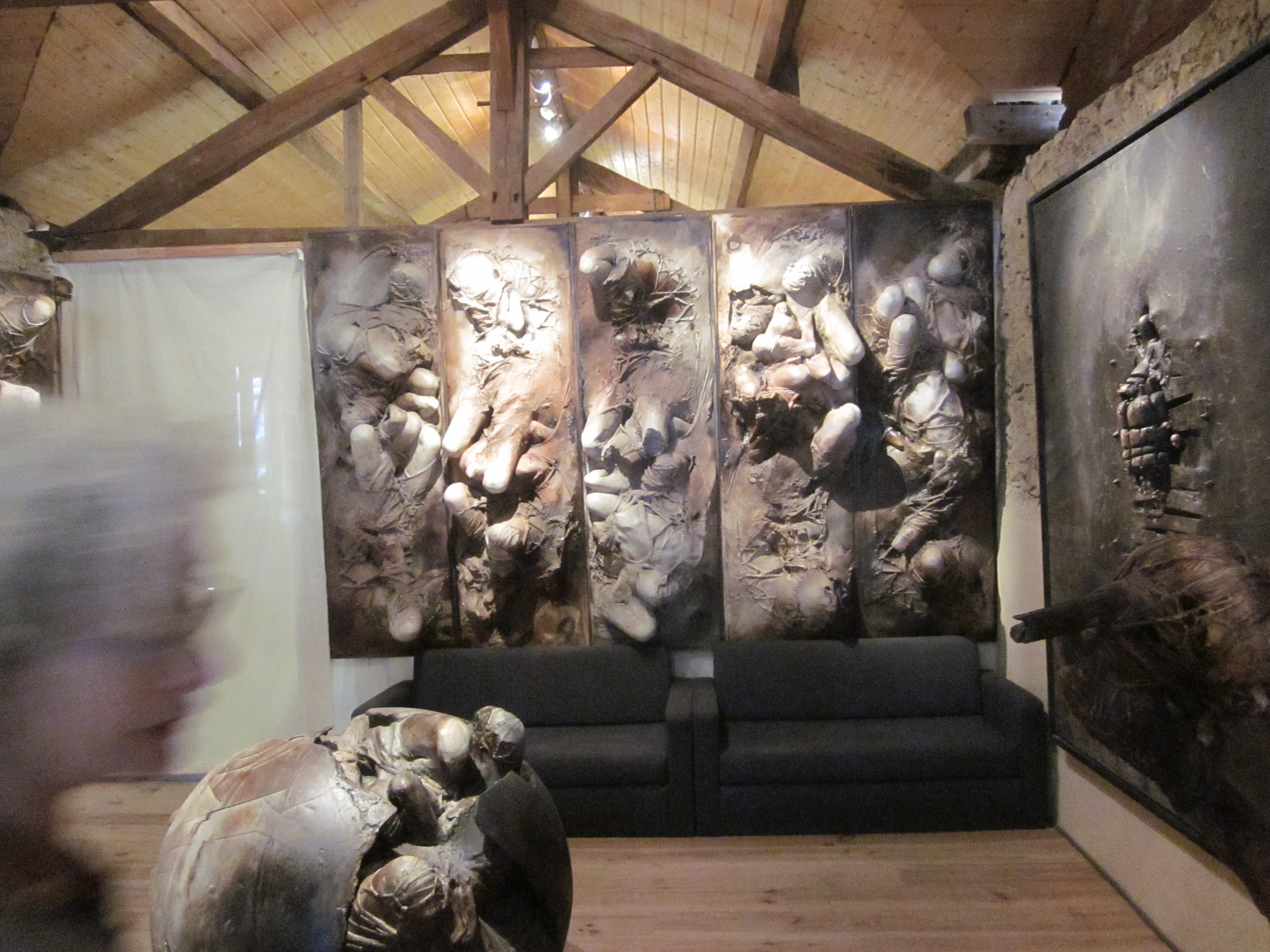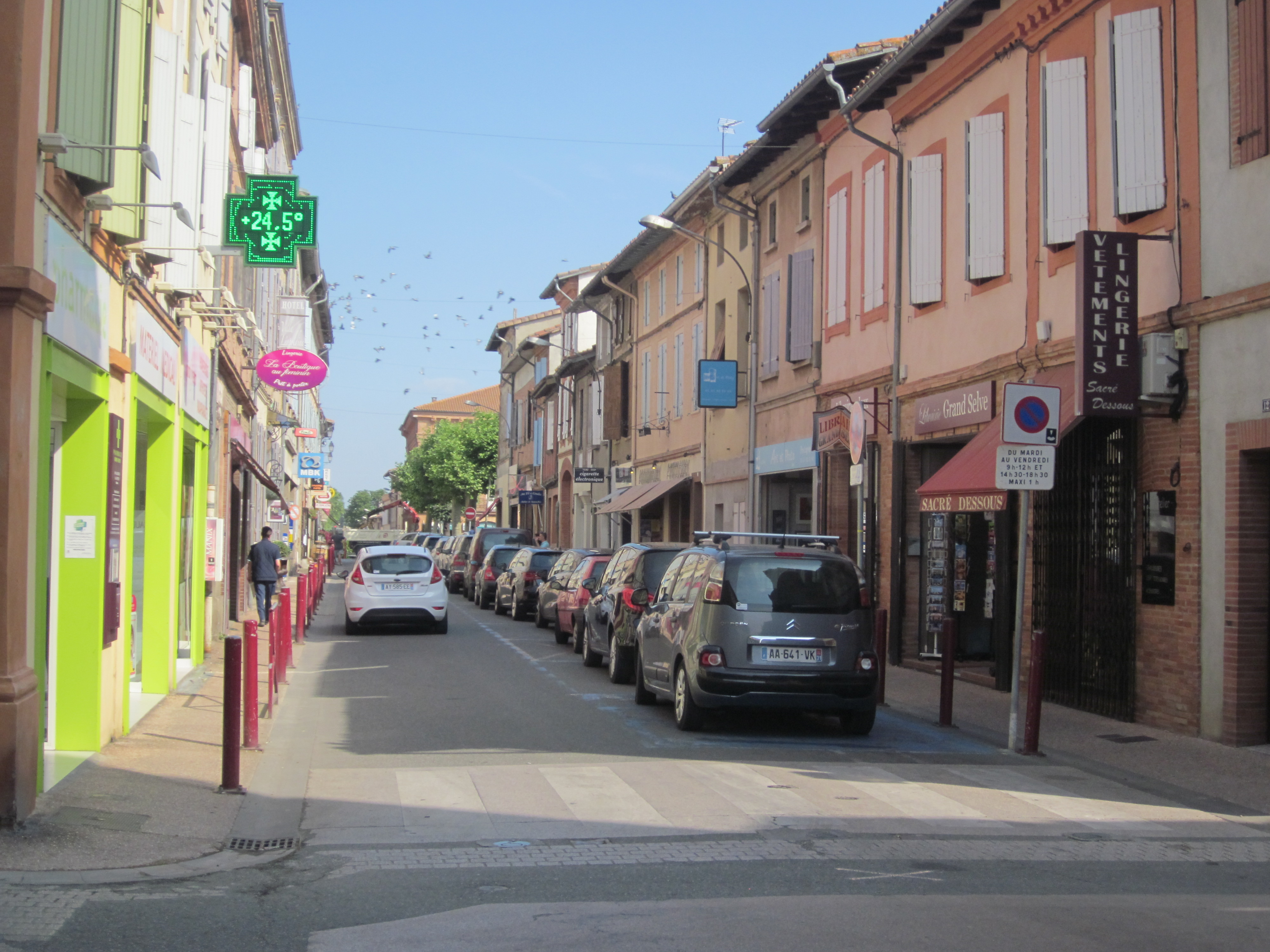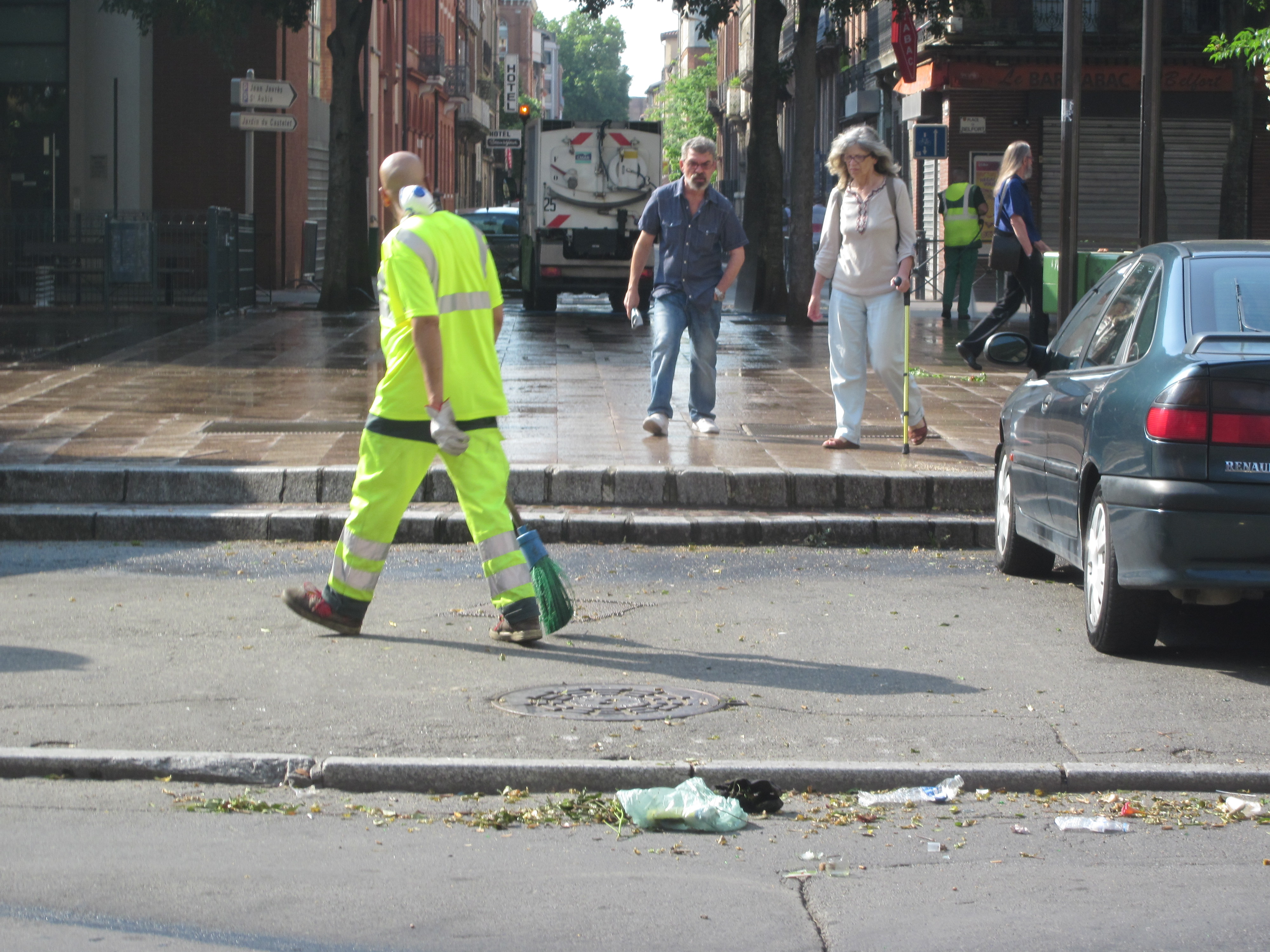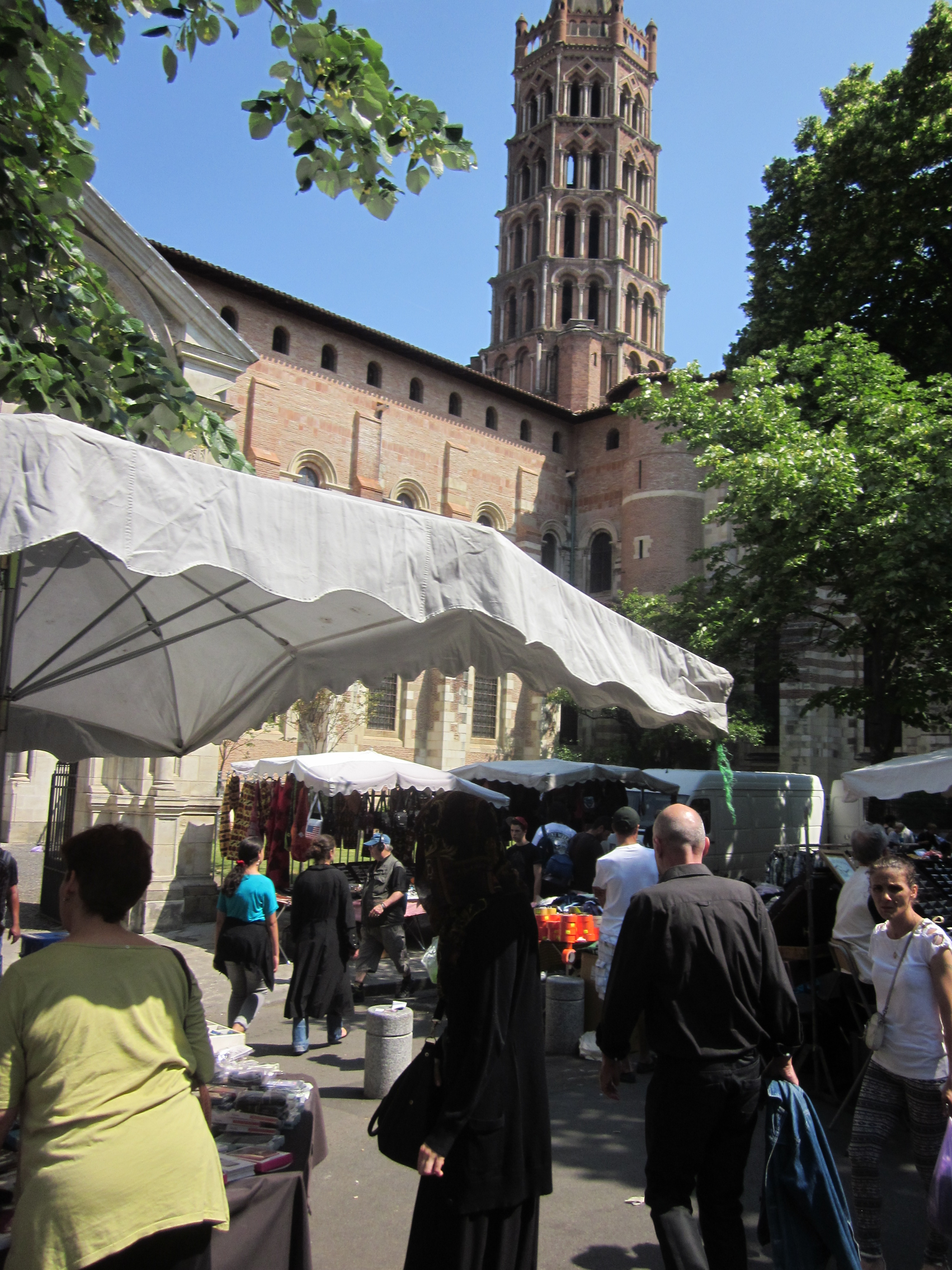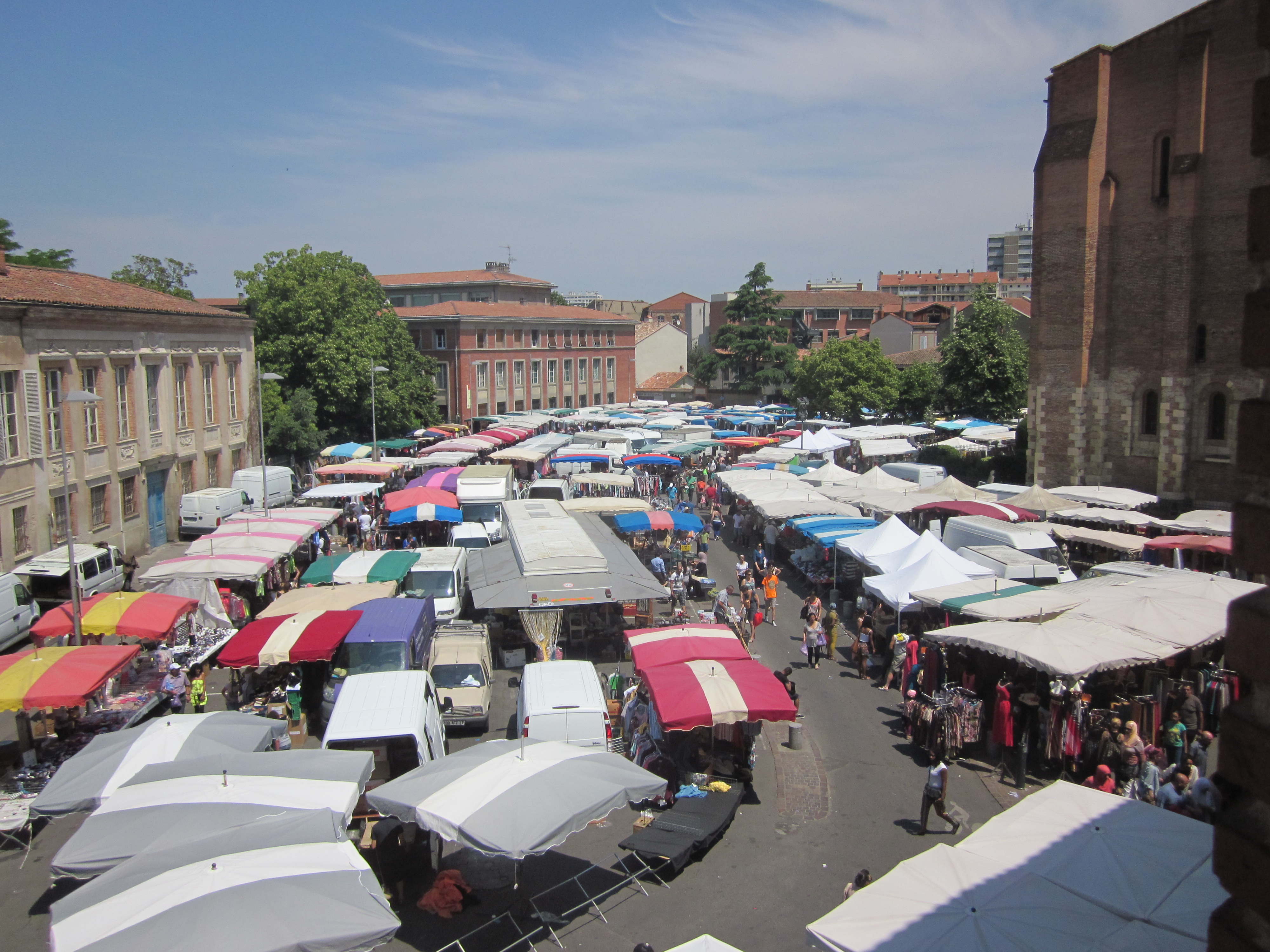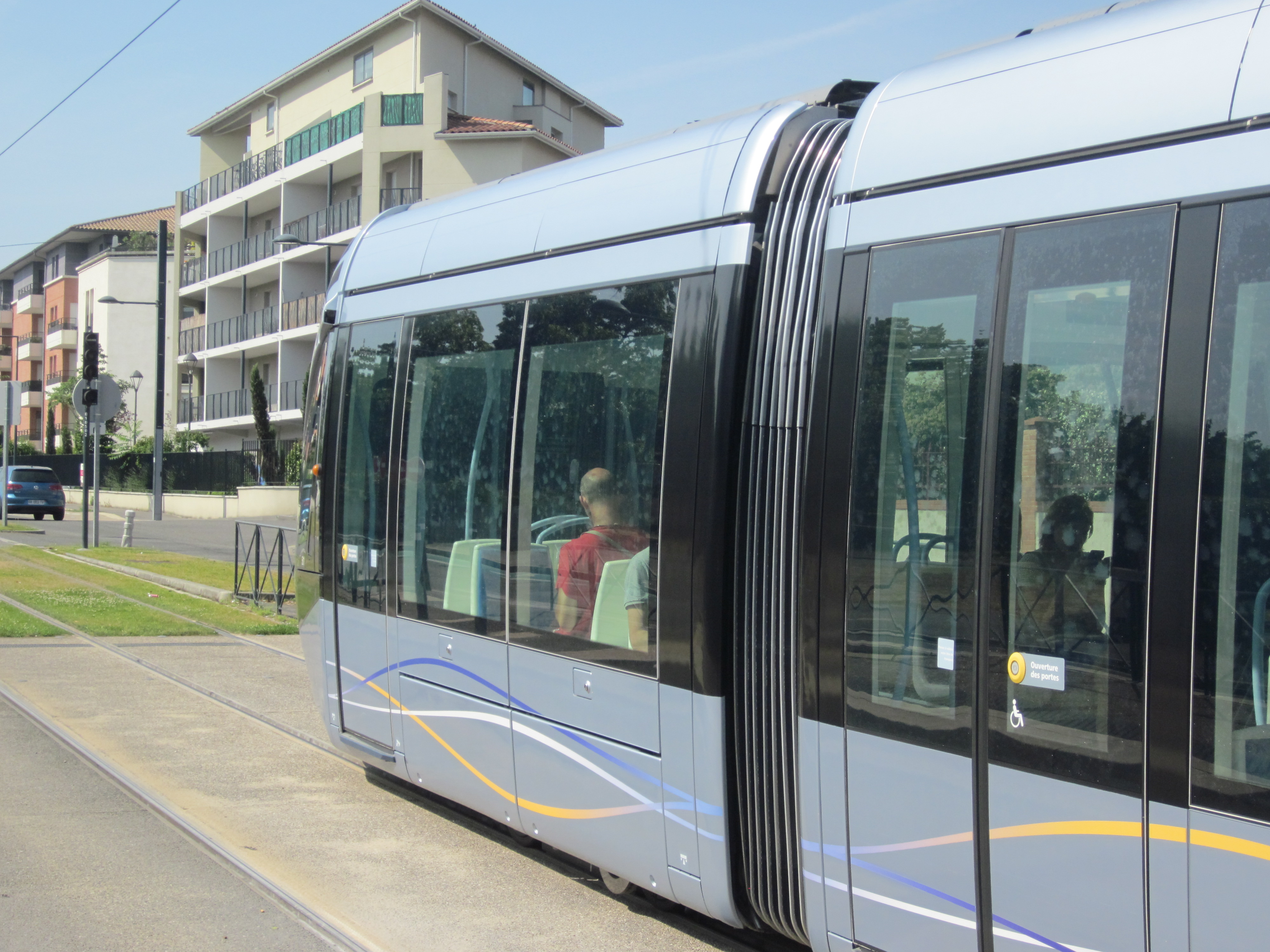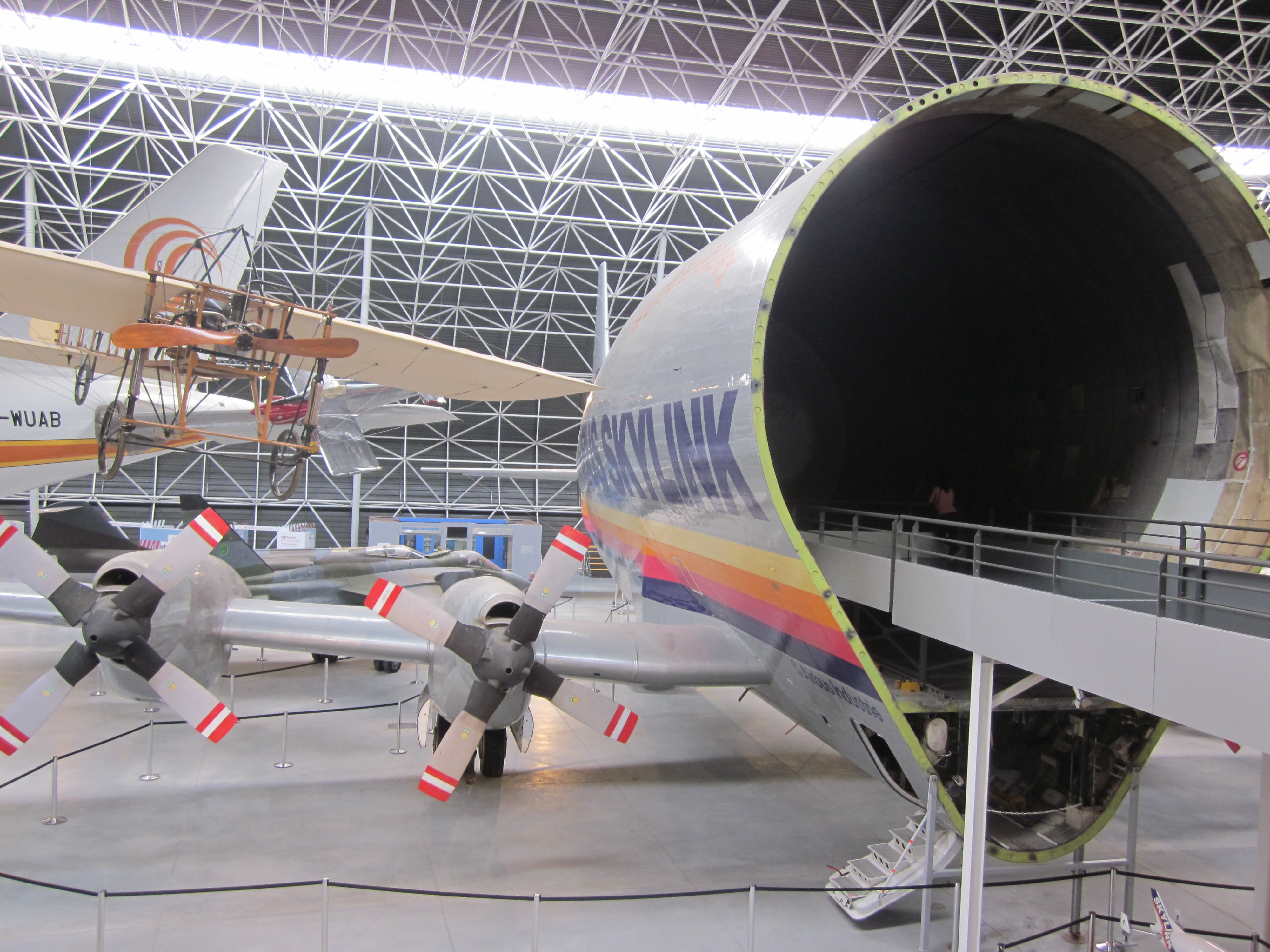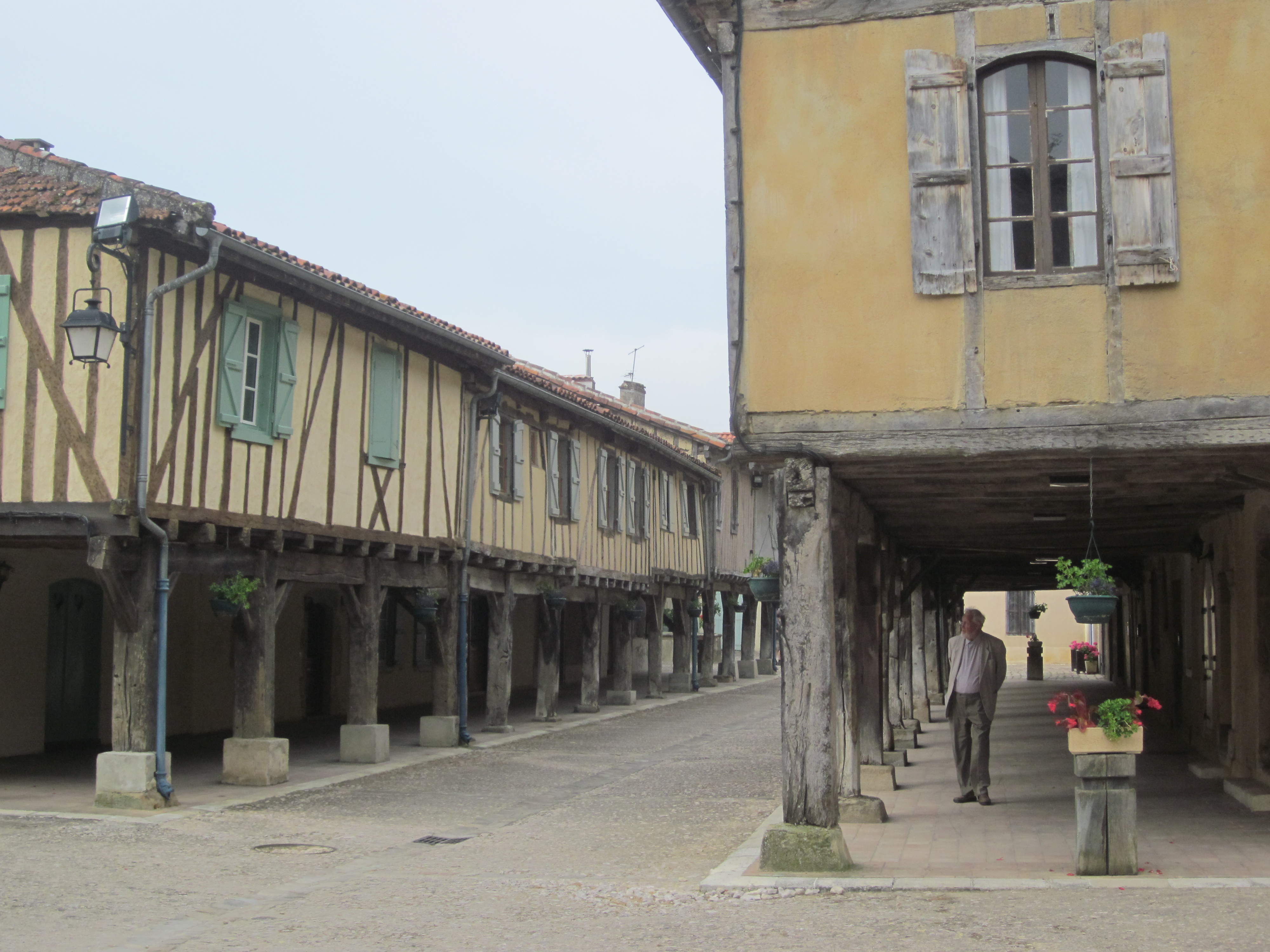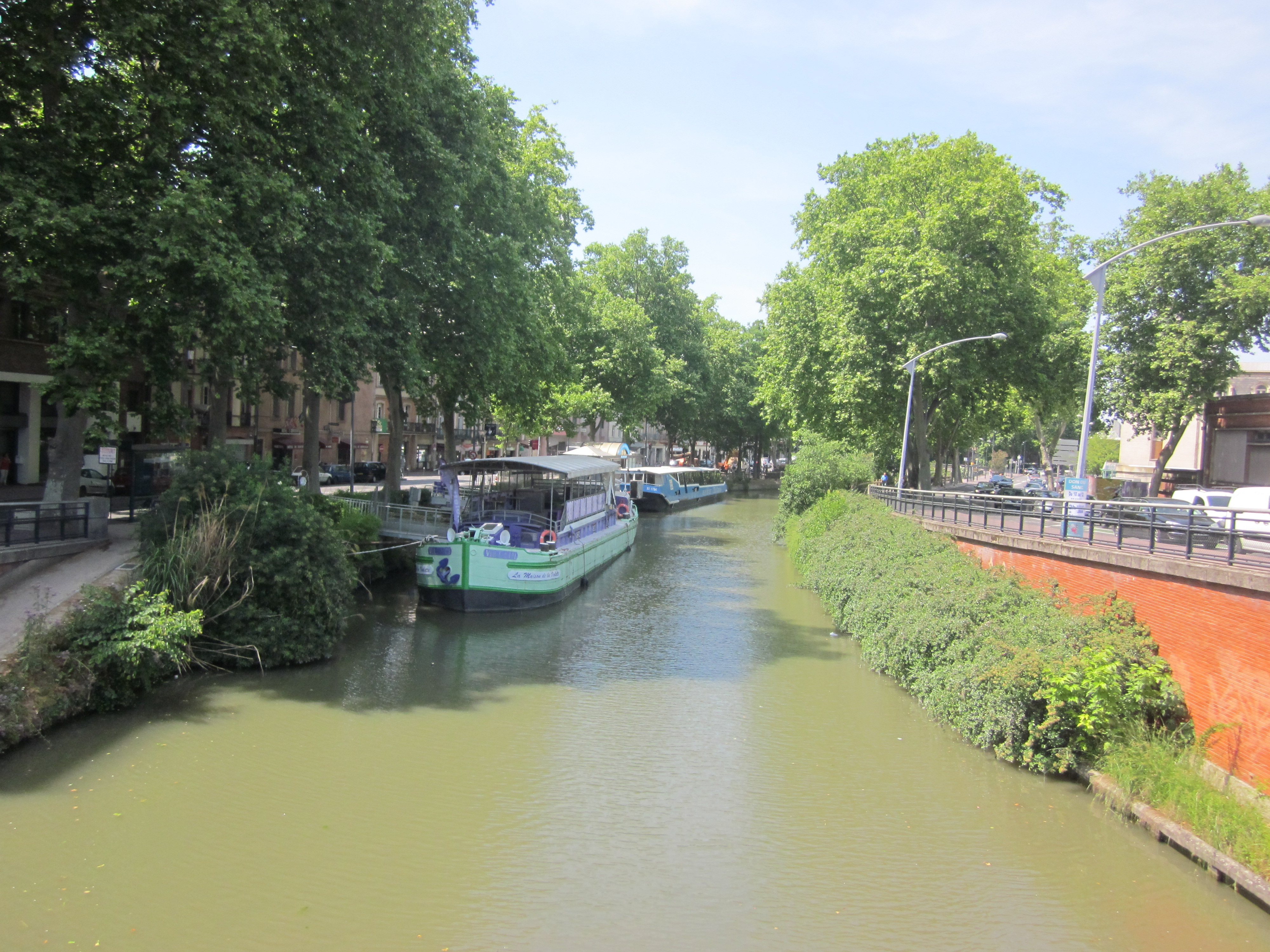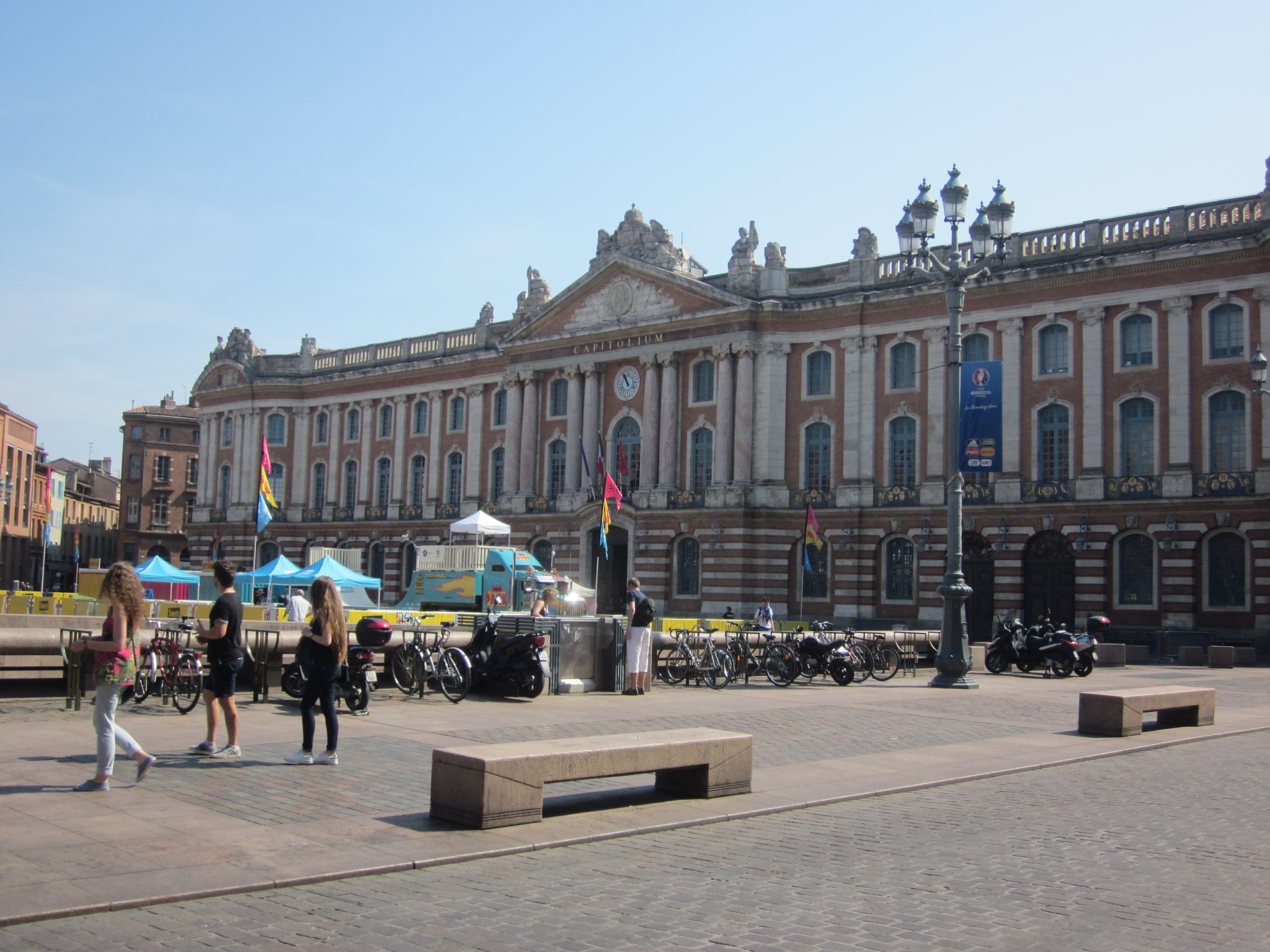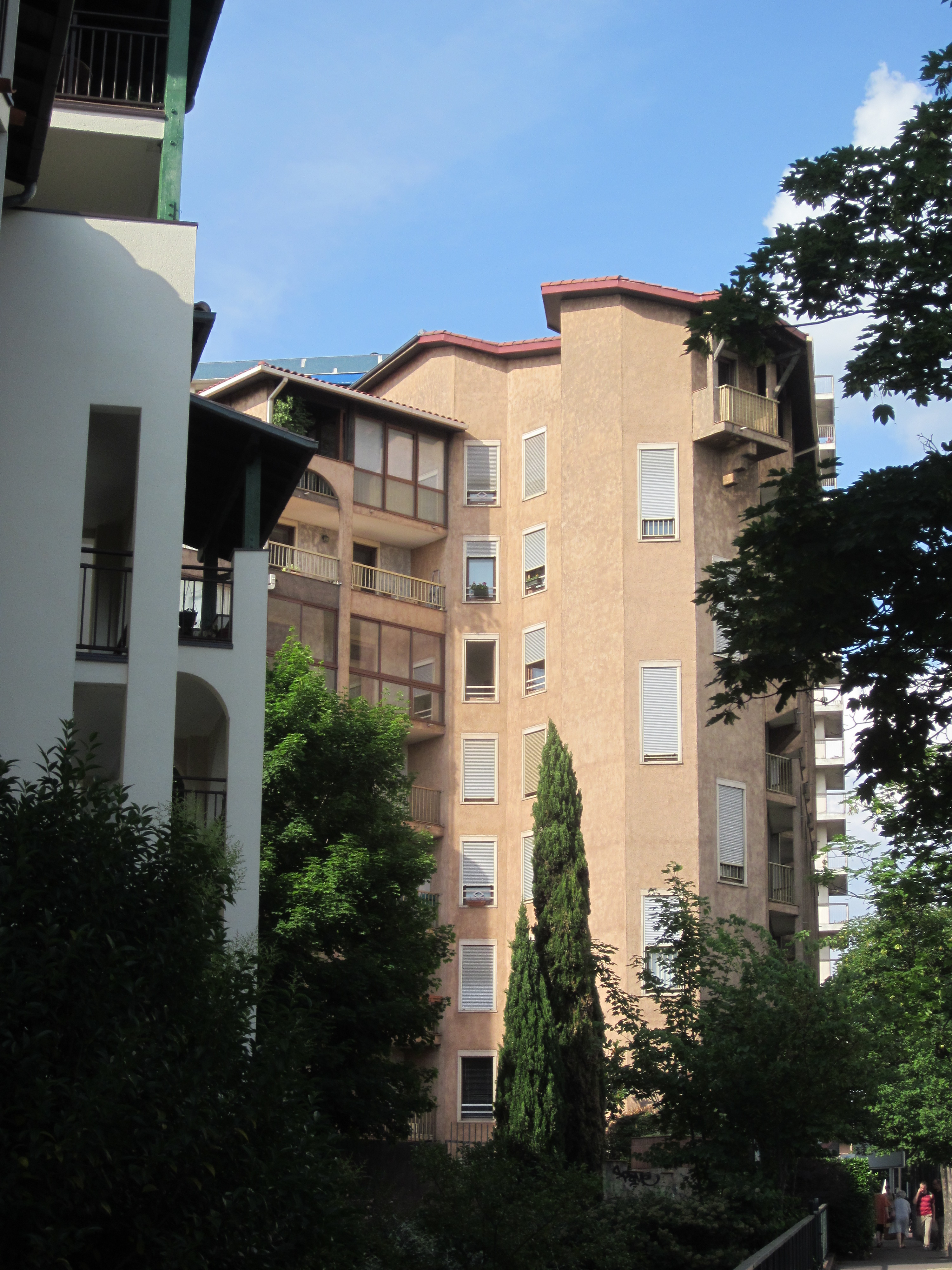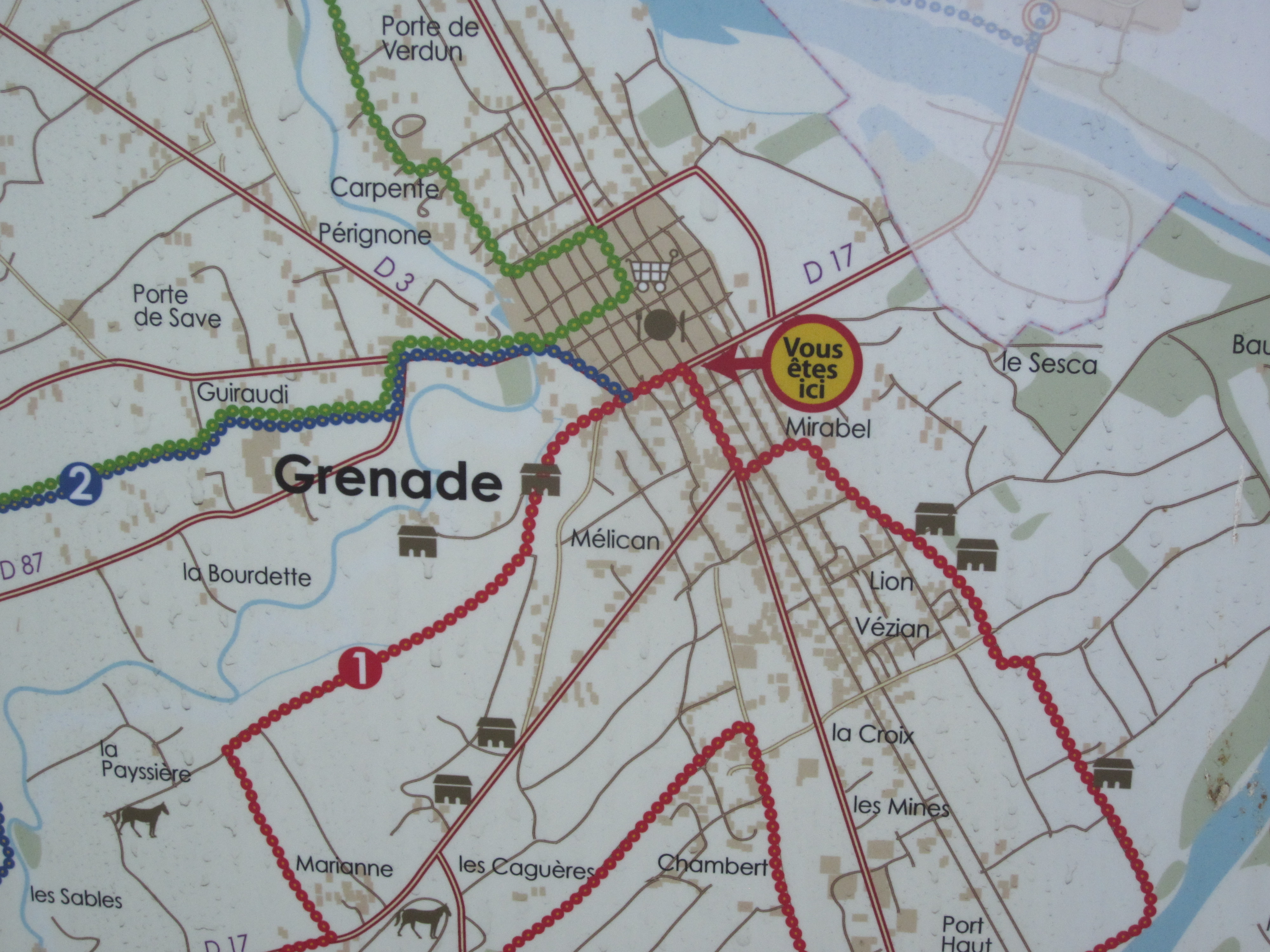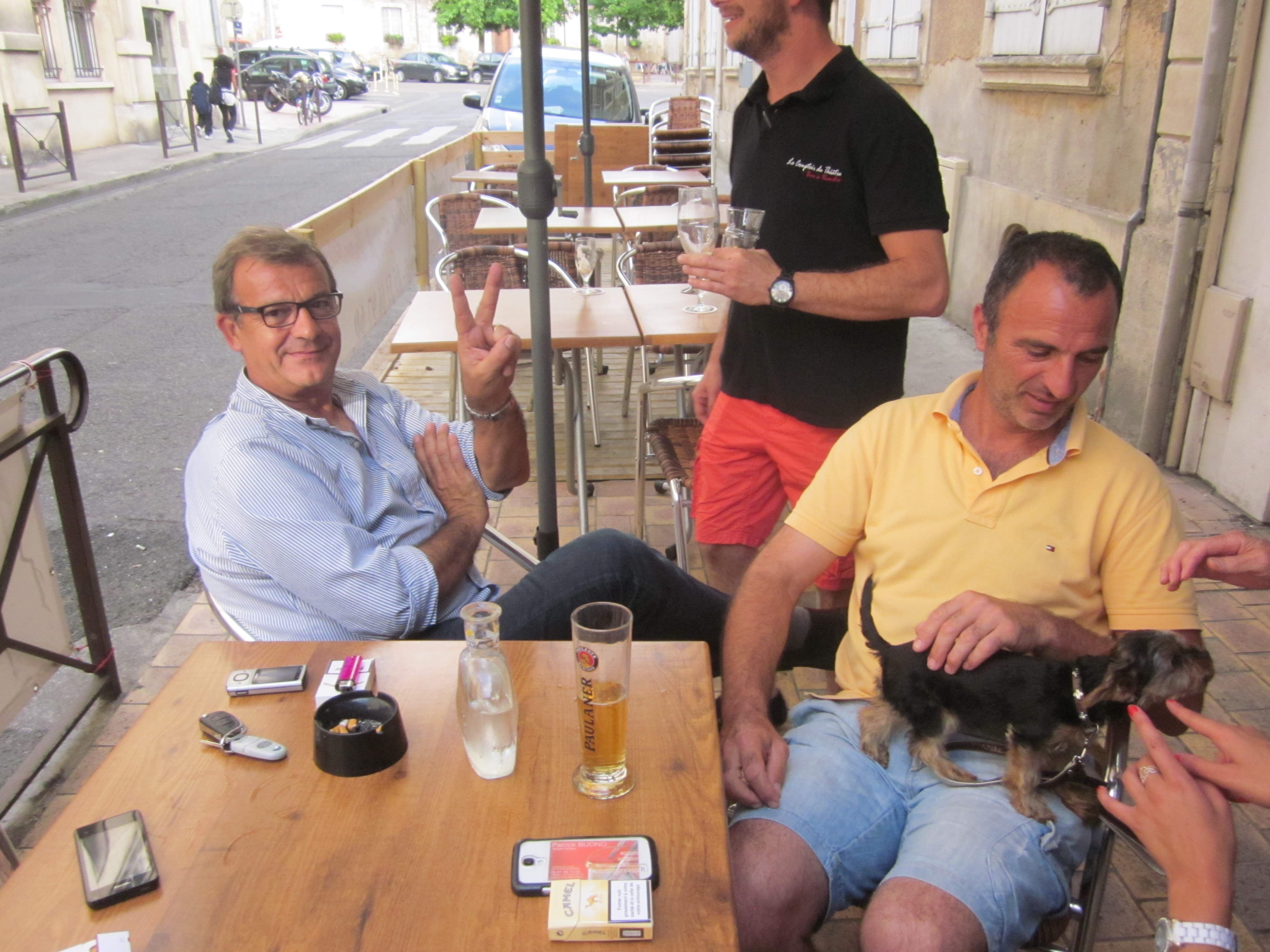With a population of almost 600,000 and 110,000 students Toulouse deserves to be much better known outside France. It is the fourth largest city with a dynamic economy, with 60,000 employed by Airbus alone (though only 200 are needed to assemble the giant planes). Grand streets and squares of tall buildings made of a pink brick make the ancient centre look distinctive. Lots of greenery help keep the Southern streets cool. A splendid series of parks with elaborate fountains make the city feel relaxed. Extensive pedestrianisation has reclaimed the city centre for its residents, and the food is justly renowned. It is therefore interesting to explore the relationship between this metropolitan city and its hinterland, as I recently did on an Urban Design Group study tour.
Connected cities
Toulouse makes the European Airbus and is essentially now a city of modern technology. Once the planned new TGV line is complete it will be only three hours from Paris. The airport is linked to the city by a new tram. This has just been extended out to Constellation, which serves the impressive air “museum ‘ with two Concordes and Airbuses to explore. The visitor is left in no doubt that the French first conquered the air, and are still far ahead. As well as the 17km tramway, which ends outside the historic centre, there are two Metro lines which use the driverless VAL system pioneered in Lille. The tram may be extended to the station, which is to be rebuilt to plans by Jean Busquet from Barcelona, one of the City’s many expert advisors. France uses investment in transport and energy infrastructure to boost its leading manufacturers. The regional centres or agglomerations have been outperforming their regions, and even doing better than Paris.
Bastides for the future
To the North of Toulouse in former Gascony lie a series of some 300 ‘bastides’ which originated as planned settlements in the 13th and 14th centuries. They were designed to tap the wealth of the surrounding area. The key element in the competition between the English King and the Counts of Toulouse was a large covered market hall. In some cases arcaded rows of terraced houses added to the draws. A few were fortified. Plots were sold on an orthogonal street layout, which has survived the centuries. So too have the fine churches, and most of the market halls, though most of the buildings have been rebuilt several times. Each town has its own administration, and promotes its attractions well. The physical environment has largely been preserved. But the agricultural economy has shrunk, and Toulouse is too far away for easy commuting. The countryside is pleasant, but not special enough to draw many investors in second homes. So the population is generally falling; in the case of Bassan there were some 3 000 in 1840 but only 580 in 1999. With fewer residents and competing shopping centres, many of the shops are empty. With only the odd baker and restaurant or bar there is little to draw the tourist. Some have enterprising visitor centres. Auch offers a variety of links to other towns and restaurants, but is unusually on a railway line. This town has 23,000 residents (but little growth). It seems there are not enough creative people to fill all the gaps.
Lessons for smaller towns
The 300 bastides in Gascony are too far from Toulouse to function as suburbs. So what can they do to counter depopulation and shopping trends that favour larger towns? The first step has been to celebrate their history and all the towns we visited have Tourist Information Centres (closed between 12 and 2), with lots of interpretation, walking routes, and splendid signs announcing their attractions. But these are not enough to draw visitors when most of the small shops have closed. Second comes resurfacing and reshaping the streets. Some have got the cars out of the market square, and narrowed the streets with lines of parked cars and a forest of bollards. In the case of Auch, specialist shops are reoccupying the more atmospheric streets, while traffic in the central area has been calmed. An elegant fountain,and elaborate stone flags have created shared surfaces outside the town hall where pedestrians cross in front of traffic without fear. But the real challenge is finding a new role. Cultural tourism is good for hotels and restaurants but is largely seasonal. Artists could play a larger role if the historic homes were cheap enough. But second homes, though they create work for builders and gardeners, do little to keep these old towns alive outside the summer months One solution is to use events to promote a new role that draws permanent residents, as Mauriac has done with its now famous jazz festival. A jazz school keeps the town alive at other times, and a five star spa hotel no doubt appeals to the likes of Nina Simone.
In search for the secrets of wellbeing w e should be learning from the town of Agen, with its station on the railway line between Toulouse and Bordeaux. Rated as the most agreeable place to live in France, perhaps because people are generally smiling and nice to each other, the main shopping street was alive on a Saturday with children playing chess. Even on a wet evening the restaurants were packed. Red wine may hold the answer.
